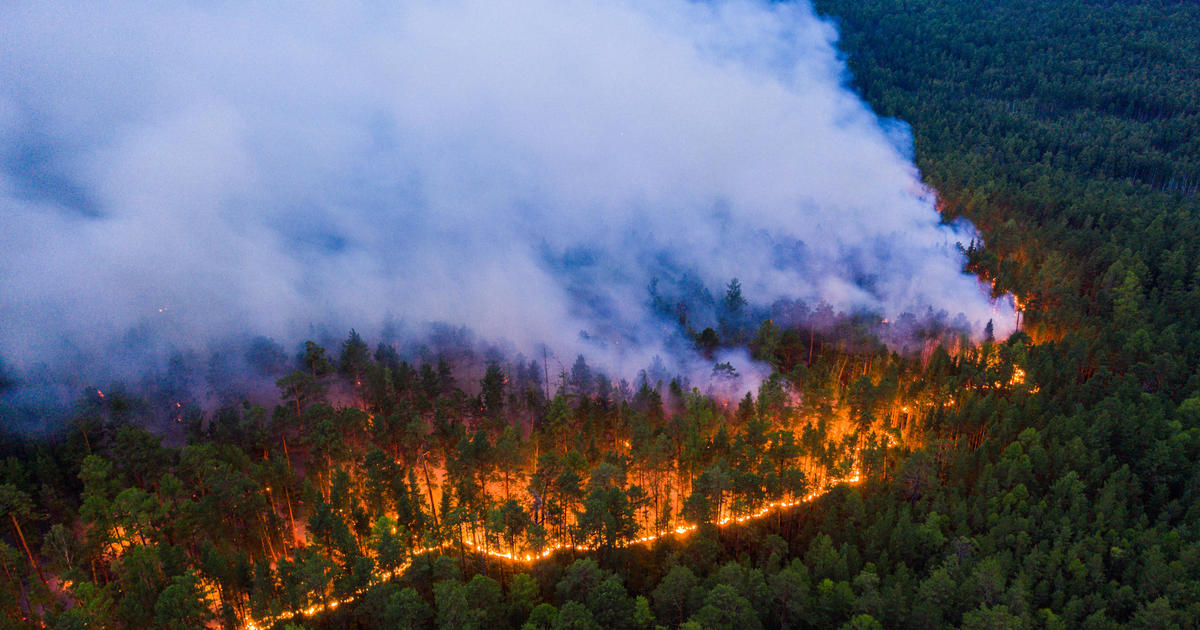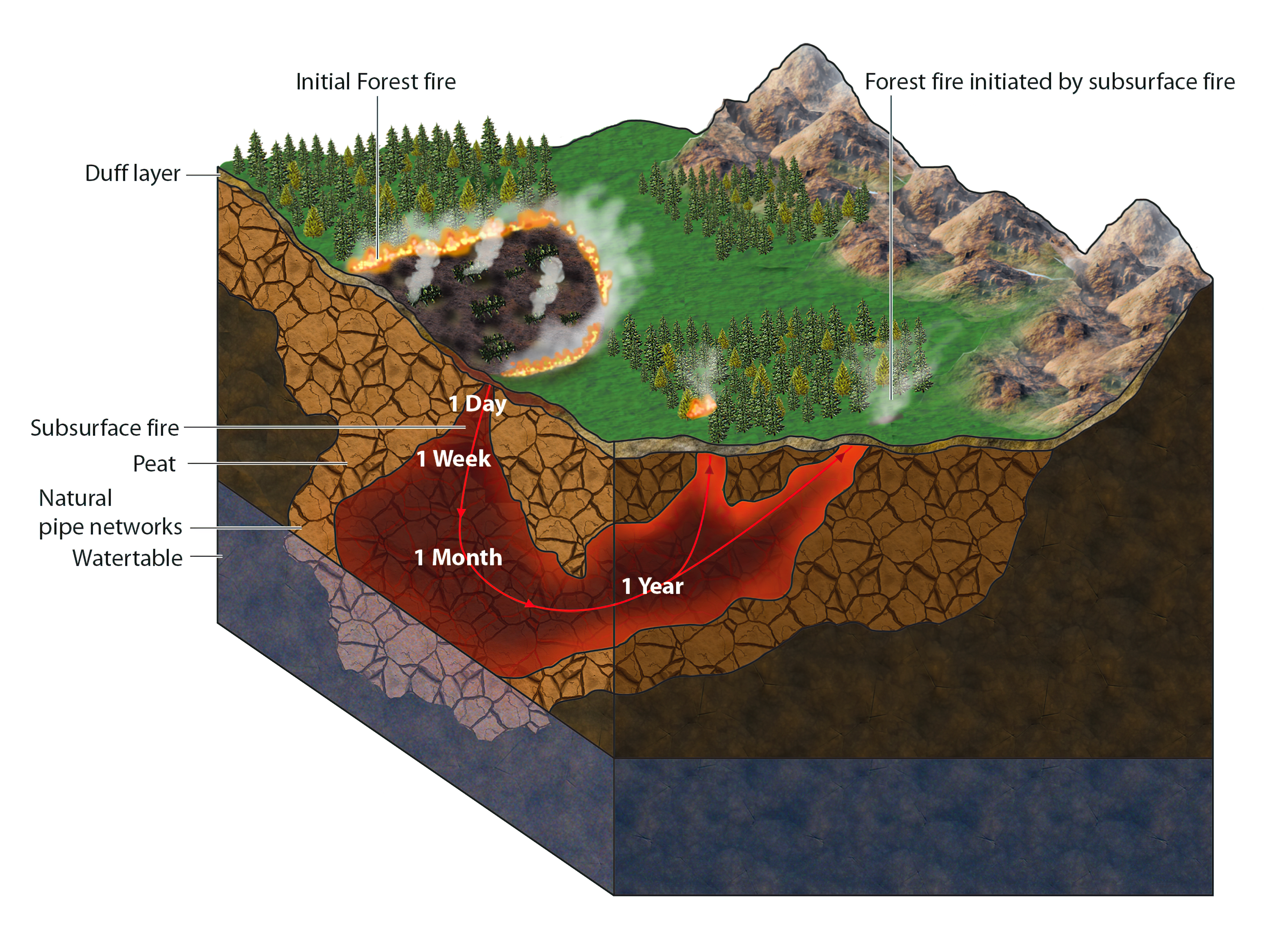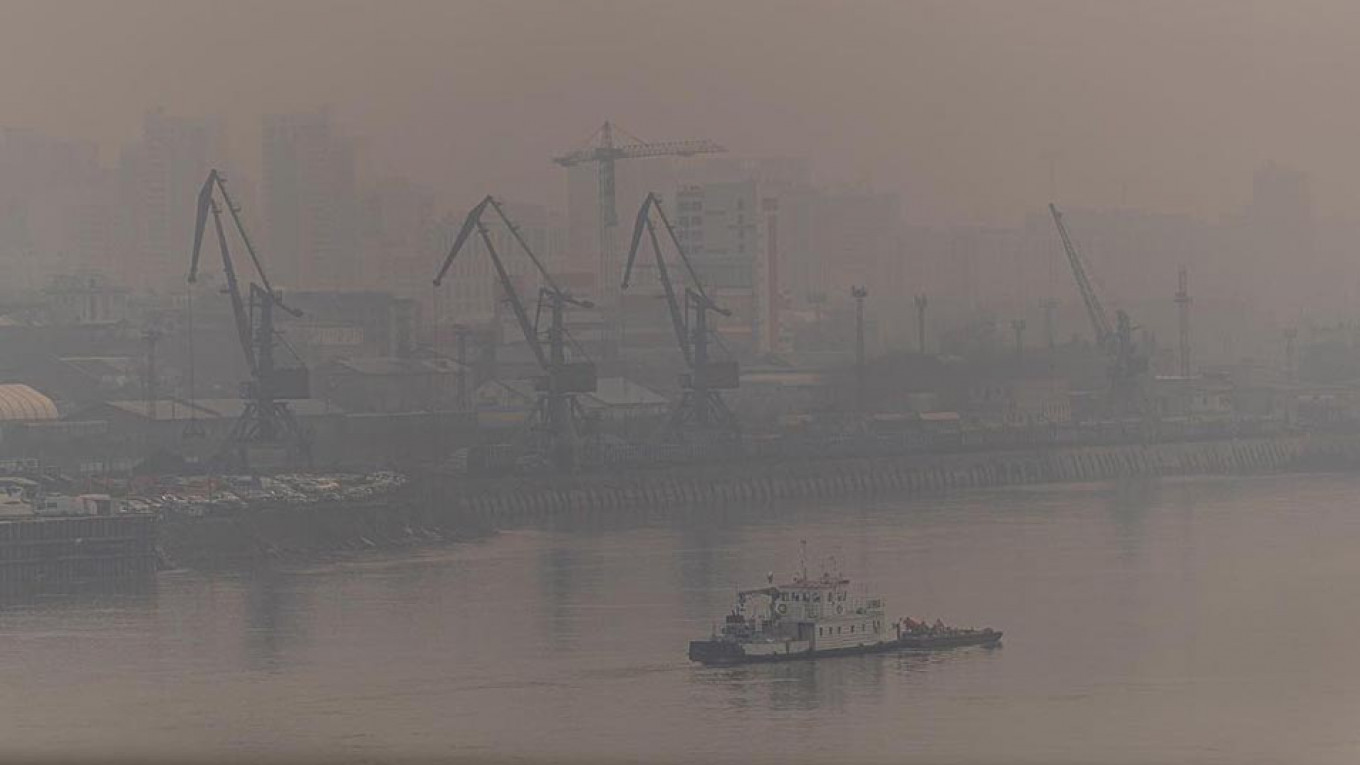Arctic wildfires are not like other wildfires and the extent of the impact they could have on our world is terrifying.

The problem is DEEPER than we think! Arctic fires are not limited to aboveground forest fires which can be beneficial for terrestrial ecosystems, bringing us to the true problem that we are currently facing in the Arctic.
Arctic peatlands contain more than 25% of the world’s total soil carbon. Peat is comprised of accumulated organic matter that cannot decompose because of the presence of water. Arctic peatlands are frozen as permafrost, further preventing decomposition. Known as zombie fires, Arctic wildfires will burn downwards into this thick peat layer, smoldering for months. Even snow coverage does not put these fires out.

What’s the big deal? These fires release A LOT of carbon into the atmosphere, 244 megatons during the summer of 2020 alone, to be exact. CO2 is a greenhouse gas that traps heat in the atmosphere, raising air temperatures. What happens next? MORE FIRES.
The increase in Arctic fires that has been increasingly apparent in recent years is a direct result of climate warming. Warmer temperatures…
1. Dry out vegetation
2. Increase lightening strikes
Unsurprisingly, more matches and more fuel will result in more fires. In the Arctic, air temperatures are warming at 2x the rate of the global average, accelerating these processes.

More positive feedback loops:
- The Arctic is, in large part, covered in snow. Snow has high albedo, meaning that it reflects solar energy rather than absorbing it. However, when soot created by smoke settles onto the snow, turning it black, this albedo is significantly decreased. Solar energy is absorbed into the ground, warming the ground and melting ice. This increases fires.
- When Arctic fires burn into the peat, permafrost thaw is accelerated. Thawing permafrost allows for decomposition of the accumulated organic matter, releasing CO2 and methane, an even more potent greenhouse gas, into the atmosphere. More greenhouse gas = rising air temperatures = more fires.
The smoke generated by these fires can have detrimental health impacts on local communities

What is being done about this issue? Research regarding Arctic wildland fires and their potential impact on the globe is ongoing.
Two main projects have been developed within the Arctic Council to address this issue.
- The Circumpolar Wildland Fire Project was started in 2020 by the Gwich’in Council International within the emergency prevention, preparedness, and response working group. The goal of this project is to foster collaboration, knowledge and resource sharing, cooperation and engagement between permanent participants and states, and create a dynamic evaluation of the response to wildfires in the Arctic.
- Arctic Wildland Fire Ecology Mapping and Monitoring Project (Arctic FIRE) was also spearheaded by the Gwich’in Council International within the Conservation of Arctic Flora and Fauna working group. This project has a focus on examining the extent of the impact of fires on the ecosystem, local communities, and climate change as a whole through mapping burned areas, integrating indigenous knowledge, and evaluating the ecological effects.
Considerations for future project and policy development…
- Focus should be placed on preventative measures such as satellite monitoring and alert systems
- This will not be accomplished by the efforts of each individual state. Cooperation and knowledge and resource sharing between states in regard to wildfires is the only way that any advancements in dealing with this issue will be made.
- It will be imperative to utilize the knowledge of indigenous peoples in the making of policy related to the regulation of Arctic wildfires, as these peoples can provide invaluable insight in understanding of the Arctic landscape, vegetation, and access to remote locations.
- Sufficient resources and funding need to be allocated to this issue to prevent the burden of fighting Arctic wildfires from being placed on indigenous communities.
What can you do?
Educate yourself further on this issue by watching the video below!
[ensemblevideo version=”5.6.0″ content_type=”video” id=”977d4787-19ba-4af9-907c-42d99707ff8c” width=”576″ height=”360″ displaytitle=”true” autoplay=”false” showcaptions=”false” hidecontrols=”true” displaysharing=”false” displaycaptionsearch=”true” displayattachments=”true” audiopreviewimage=”true” isaudio=”false” displaylinks=”true” displaymetadata=”false” displaydateproduced=”true” displayembedcode=”false” displaydownloadicon=”false” displayviewersreport=”false” embedasthumbnail=”false” displayaxdxs=”false” embedtype=”responsive” forceembedtype=”false” name=”Arctic Wildfires”]
Visit How to get involved and How to learn more for more information!